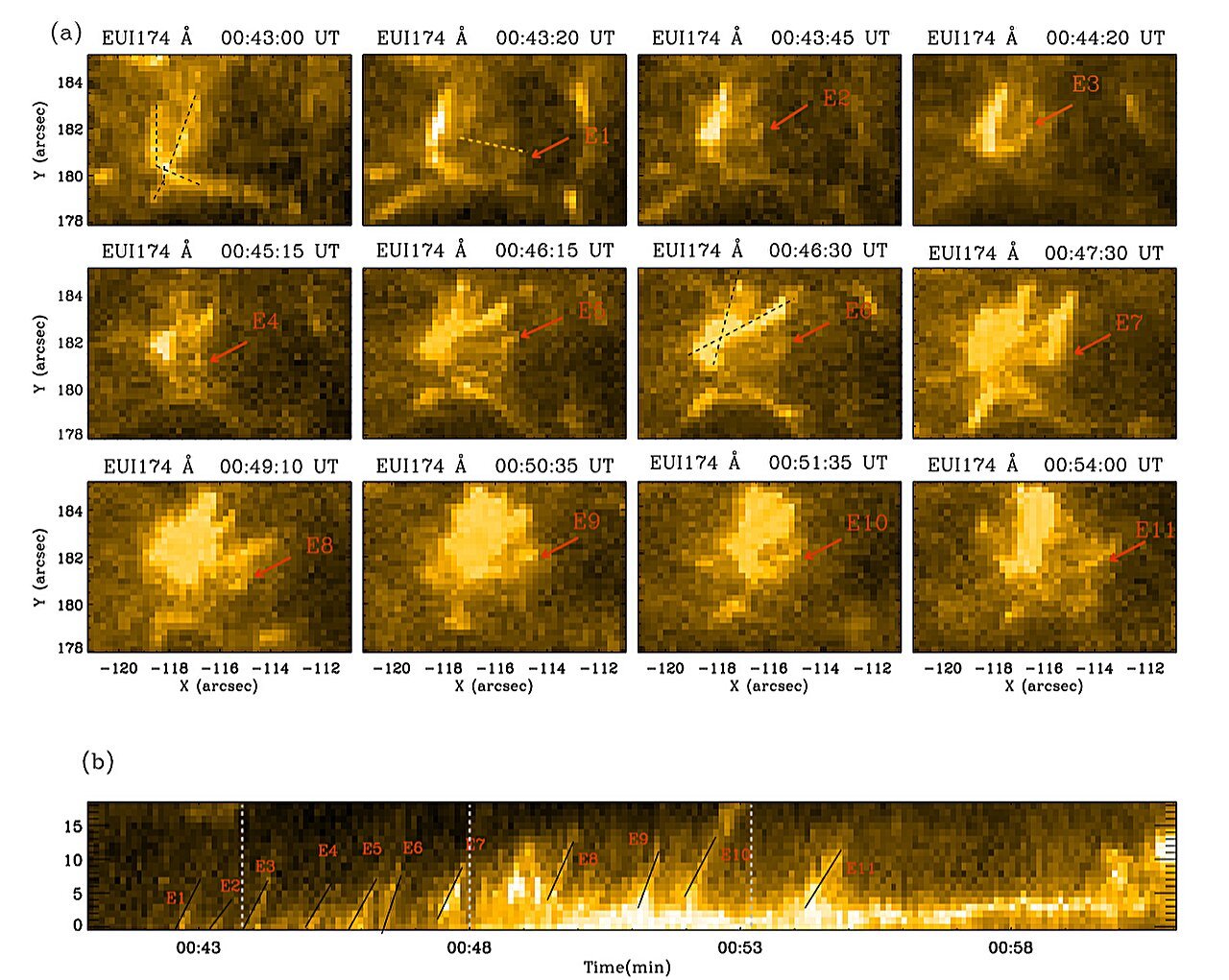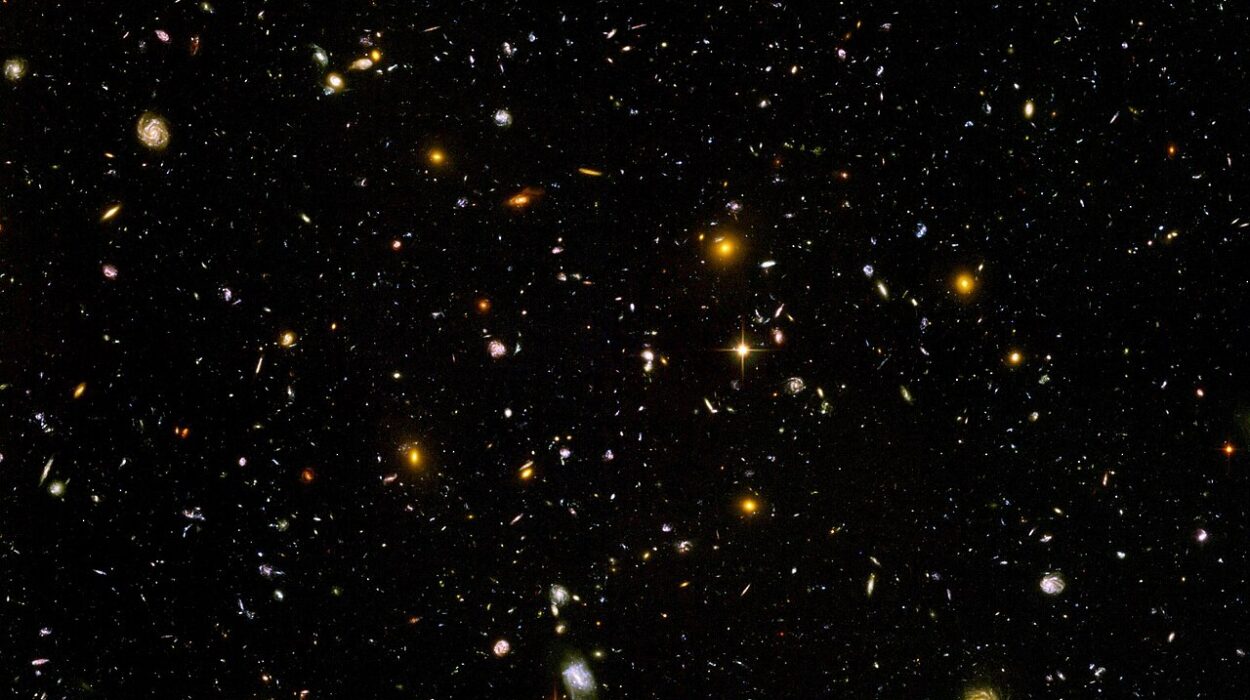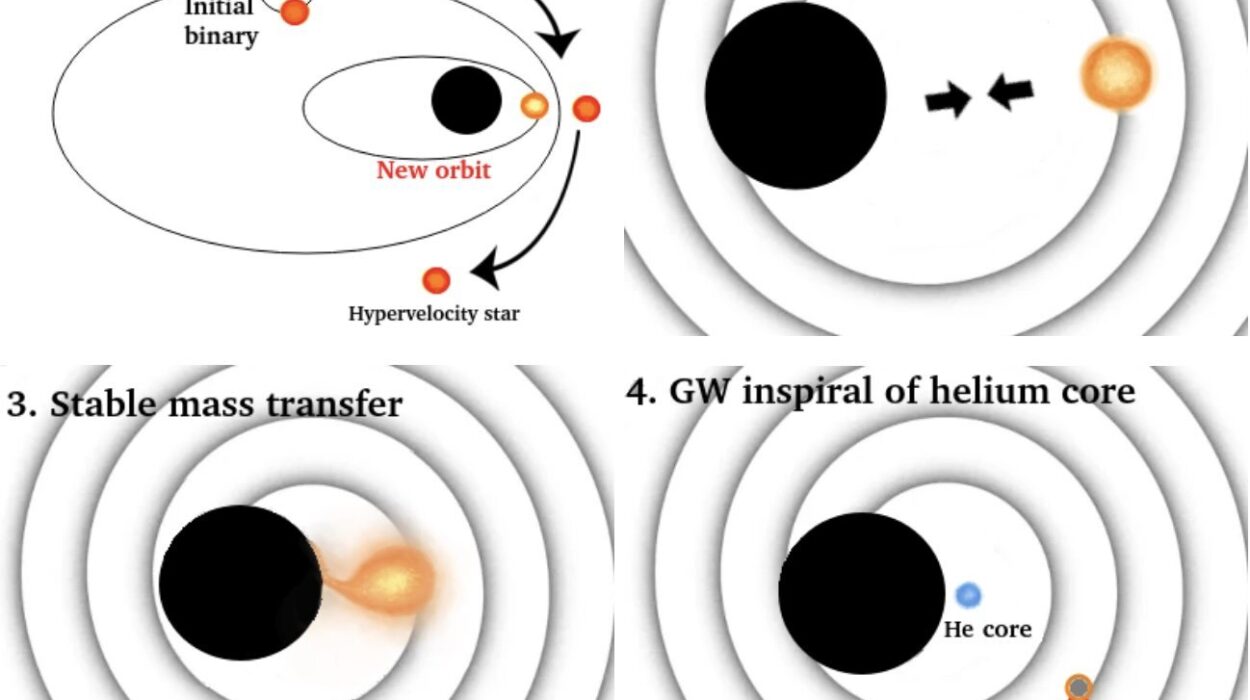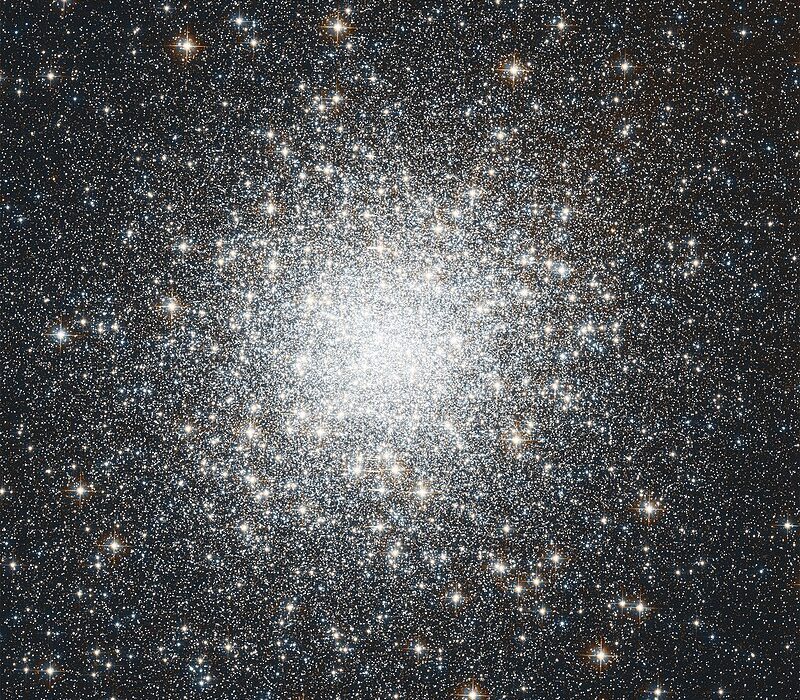In the quiet depths of our Sun’s atmosphere, a fiery ballet unfolds—one too subtle for most eyes to see, but one that may hold the key to some of astrophysics’ most enduring mysteries. A groundbreaking new study published in The Astrophysical Journal Letters, led by Professor Bi Yi of the Yunnan Observatories at the Chinese Academy of Sciences (CAS), uncovers a fresh chapter in our understanding of solar activity. By turning the scientific spotlight on tiny but potent solar microflares, the research not only challenges established theories but also offers tantalizing insights into the universal nature of solar energy release.
The Solar Flare Hierarchy: Rethinking the Small Stuff
For decades, solar physicists have focused much of their attention on dramatic, large-scale solar flares—massive eruptions of electromagnetic energy that can disrupt satellites, GPS systems, and even power grids on Earth. These powerful bursts have traditionally been explained through the lens of the magnetic rope model, in which twisted magnetic field lines snap and reconnect, releasing enormous amounts of stored energy.
But what about the little guys? Enter microflares—subtle, fleeting energy outbursts that are thousands of times weaker than their larger cousins, yet may play an outsized role in the dynamics of the Sun’s corona, the outermost layer of its atmosphere. Until recently, the precise mechanisms behind microflares have remained elusive, often lumped under the umbrella of larger flare models.
This new study flips that narrative.
A Space-Based Watchtower: The Technology Behind the Breakthrough
The key to this discovery lies in the extraordinary capabilities of modern solar observatories. Scientists combined high-resolution data from the Solar Orbiter’s Extreme Ultraviolet Imager (EUI) with observations from NASA’s Solar Dynamics Observatory (SDO) and its Atmospheric Imaging Assembly (AIA). Together, these instruments acted as a coordinated space-based watchtower, capturing the Sun in unprecedented detail.
The observations honed in on three homologous microflares—that is, three similar flares erupting in the same region—occurring within a dipole magnetic field. At first glance, these microflares seemed routine. But a closer look revealed something astonishing.
Tiny Ejections, Big Implications
From the core of each microflare, researchers noticed ultra-small ejections—plasma jets barely 103 kilometers in diameter, equivalent to the length of Manhattan. These tiny explosions appeared first as point-like structures, then quickly evolved into ring-like waves propagating perpendicular to the surrounding flare structure.
Such detailed visualization of these minuscule eruptions is a first in solar research. More than just a curiosity, these tiny jets may serve as the missing link in understanding the energetic puzzle of microflares.
A Braided Revelation: Rewriting Solar Flare Physics
So what exactly triggers these mysterious ejections?
The research team proposes a new triggering mechanism involving a braided magnetic field—a twisted, knotted region where magnetic lines are closely entangled. According to the study, these tiny jets are born from magnetic reconnection events that occur between magnetic field lines misaligned by only small angles—a far cry from the large, dramatic snapbacks seen in typical solar flares.
This type of small-angle reconnection could be uniquely suited to microflares, enabling the rapid release of energy in compact volumes. It also bears a striking resemblance to the nanoflare hypothesis, a long-standing theory that proposes countless minuscule flares may be responsible for heating the solar corona to millions of degrees.
By drawing a connection between the microflare mechanism and nanoflares, the researchers highlight an important concept: self-similarity.
Self-Similarity in Solar Flares: A Fractal Universe of Fire
In mathematics and physics, self-similarity describes systems that look the same at different scales—think of how coastlines or snowflakes maintain consistent patterns no matter how closely you zoom in. This study suggests that solar flares may follow the same principle. The mechanisms that power nanoflares and microflares might simply be scaled-down versions of those that drive massive solar eruptions.
This revelation implies a universal engine behind solar energy release, where the fundamental physics doesn’t change with size. If verified, this could dramatically simplify our models of solar behavior and reshape how we predict solar storms and their effects on Earth.
It also brings us one step closer to solving one of the Sun’s great mysteries: Why is the corona so hot? While the surface of the Sun (the photosphere) simmers at around 5,500°C, the corona can blaze at over a million degrees. A swarm of tiny reconnection events, occurring constantly and in unison, could supply the necessary energy to sustain this extreme heat.
The Broader Impact: A New Lens for Space Weather and Stellar Science
The implications of this study stretch far beyond our local star.
If self-similar magnetic reconnection mechanisms truly underpin all flare types, then the Sun becomes a template for studying other stars. Stellar flares are a common feature of many types of stars, especially younger and more active ones. Understanding the fundamental physics of our Sun’s microflares could thus inform research on exoplanet habitability, stellar evolution, and even galactic magnetic fields.
From a practical standpoint, these findings also enhance our ability to forecast space weather, which affects everything from satellite communications to astronaut safety. The more precisely we can model the Sun’s magnetic behavior—even at its smallest scales—the better we can prepare for its tantrums.
Final Thoughts: A Solar Symphony in Miniature
This study offers an elegant reminder that in science, small does not mean insignificant. By peering into the Sun’s tiniest eruptions, Prof. Bi Yi and their team have uncovered evidence of a potentially universal mechanism—a cosmic fractal of magnetic reconnection that echoes from nanoflares to solar superstorms.
It’s a poetic twist: in the Sun’s most modest flickers, we may find answers to some of the most blazing questions in astrophysics.
As solar observation technology continues to improve—with missions like NASA’s Parker Solar Probe and the European Space Agency’s Solar Orbiter leading the charge—the next decade promises to bring even more revelations. But for now, this study illuminates the power of looking closer, thinking smaller, and embracing the complexity hidden within the simplicity of a flare.
Reference: Qingmei Wang et al, Moving Plasma Structures and Possible Driving Mechanisms of Solar Microflares Observed with High-resolution Coronal Imaging, The Astrophysical Journal Letters (2025). DOI: 10.3847/2041-8213/adbf96






